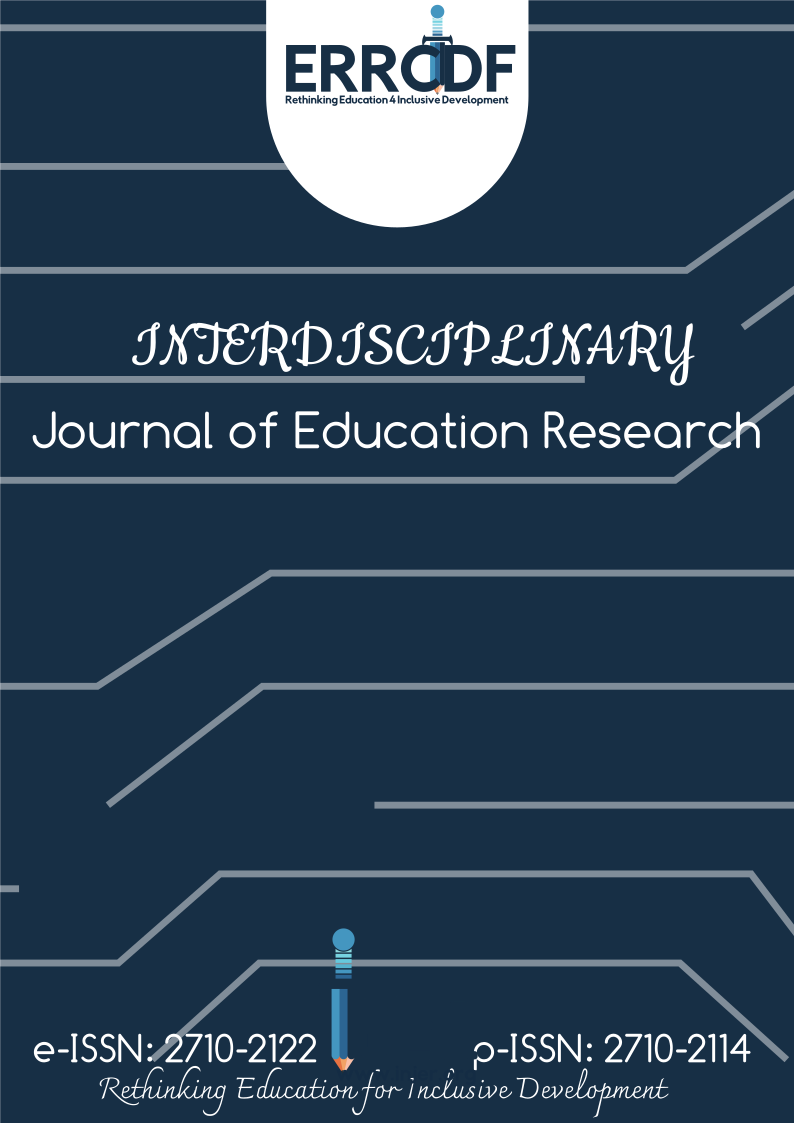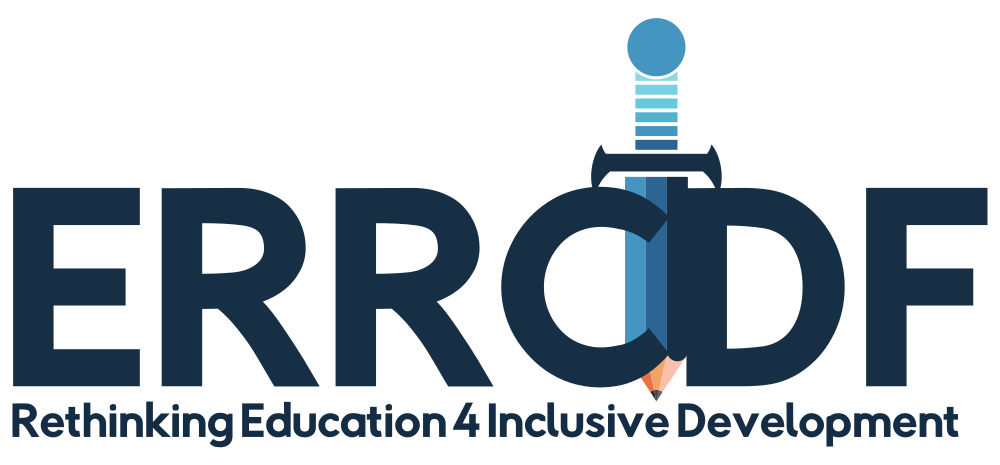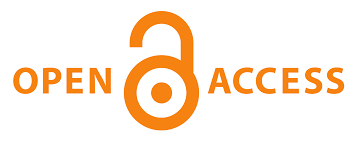Exploring the impact of GeoGebra on preservice teachers’ proficiency in teaching grade 10 parabola functions
DOI:
https://doi.org/10.38140/ijer-2025.vol7.2.01Keywords:
GeoGebra, preservice teachers, teaching proficiency, parabola functionsAbstract
This paper investigates the development of teaching proficiency among preservice teachers in Grade 10 parabola functions through the use of GeoGebra. A significant number of preservice teachers encounter challenges in effectively teaching parabola functions due to limited resources for illustrating complex mathematical relationships, which can impede both their teaching proficiency and the students' conceptual understanding. The study was conducted at a rural-based university and involved four third-year Bachelor of Education (FET & SP) preservice teachers (PSTs) who were purposively selected. These preservice teachers specialised in mathematics and instructed Grade 10 parabola functions during both microteaching sessions and their teaching practice in rural schools. Prior to their teaching experiences, the preservice teachers received training on the integration of GeoGebra into their lesson plans. Employing an interpretivist paradigm and a case study research design, the study utilised the Technological Pedagogical Content Knowledge (TPACK) framework along with Kilpatrick et al.'s five strands of mathematical proficiency as analytical perspectives. Data were gathered through video-recorded lesson observations and stimulus recall interviews. The findings indicate that GeoGebra significantly enhanced the preservice teachers' proficiency by supporting critical areas of mathematical understanding: conceptual understanding, fluency, strategic competence, and adaptive reasoning. The dynamic visualisations offered by GeoGebra enabled preservice teachers to engage learners more deeply, facilitating a better understanding of parabola functions. PSTs reported improved confidence in their teaching, particularly in using real-time graph manipulation to explain complex concepts.
References
Acharya, U. (2023). Existing situation of digital pedagogy in the mathematics classroom. Ganeshman Darpan, 8(1), 119–126. https://doi.org/10.3126/gd.v8i1.57337
Aiym, Y., Galiya, K., Ademi, B., Adilet, M., Kamshat, Z., & Gulmira, K. (2022). Development of the logical thinking of future mathematics teachers through the use of digital educational technologies. Cypriot Journal of Educational Sciences, 17(6), 2001–2012. https://doi.org/10.18844/cjes.v17i6.7548
Álvarez, C., Fernádez-Cézar, R., & Solano-Pinto, N. (2021). Attitude toward mathematics of future teachers: How important are creativity and cognitive flexibility? Frontiers in Psychology, 12. https://doi.org/10.3389/fpsyg.2021.713941
Alzubi, K. (2021). Explore Jordanian mathematics teachers' perception of their professional needs related to mathematical proficiency. International Journal of Educational Research Review, 6(2), 93–114. https://doi.org/10.24331/ijere.835492
Arida, R., Andrade, R., & Mabilangan, R. (2022). Mathematics self-efficacy and the use of virtual math manipulatives among pre-service teachers. International Journal of Educational Management and Development Studies, 3(2). https://doi.org/10.53378/352897
Atteh, E., Boadi, A., & Amoah, E. (2023). Incorporation of technology in the mathematics classroom: A review of its extent in Ghana’s educational landscape. Asian Journal of Advanced Research and Reports, 17(12), 88–101. https://doi.org/10.9734/ajarr/2023/v17i12588
Ball, D. L., Thames, M. H., & Phelps, G. (2008). Content knowledge for teaching: What makes it special? Journal of Teacher Education, 59(5), 389–407.
Bansilal, S. (2015). Exploring student teachers’ perceptions of the influence of technology in learning and teaching mathematics. South African Journal of Education, 35(4).
Bowers, J. S., & Stephens, B. (2011). Using technology to explore mathematical relationships: A framework for orienting mathematics courses for prospective teachers. Journal of Mathematics Teacher Education, 14(4), 285–304. https://doi.org/10.1007/s10857-011-9168-x
Braun, V., & Clarke, V. (2006). Using thematic analysis in psychology. Qualitative Research in Psychology, 3(2), 77–101. https://doi.org/10.1191/1478088706qp063oa
Department of Basic Education. (2021). Report on the state of school infrastructure and delivery of basic education services. Department of Basic Education, Republic of South Africa. https://www.education.gov.za
Gentles, S. J., Charles, C., Ploeg, J., & McKibbon, K. A. (2015). Sampling in qualitative research: Insights from an overview of the methods literature. The Qualitative Report, 20(11), 1772–1789.
Hedi, H. (2023). The development of two-variable function derivative learning using GeoGebra. International Journal of Trends in Mathematics Education Research, 6(3), 237–242. https://doi.org/10.33122/ijtmer.v6i3.233
Hidayat, R., Noor, W., Nasir, N., & Ayub, A. (2024). The role of GeoGebra software in conceptual understanding and engagement among secondary school students. Infinity Journal, 13(2), 317–332. https://doi.org/10.22460/infinity.v13i2.p317-332
Hohenwarter, M., Hohenwarter, J., Kreis, Y., & Lavicza, Z. (2008). Teaching and calculus with free dynamic mathematics software GeoGebra. 11th International Congress on Mathematics Education, 1–9.
Jackson, M. (2017). Integration of ICT in the mathematics classroom. Journal of Initial Teacher Inquiry, 3, 90–93.
Kanandjebo, L., & Lampen, E. (2022). Teaching mathematics meaningfully with technology: Design principles for professional development. African Journal of Research in Mathematics, Science and Technology Education, 26(2), 142–152. https://doi.org/10.1080/18117295.2022.2106072
Kawulich, B., & Chilisa, B. (2012). Selecting a research approach: Paradigm, methodology, and methods. In Doing Social Research: A Global Context (pp. 1–21).
Kekana, G. R. (2016). Using GeoGebra in transformation geometry: An investigation based on the Van Hiele model (Doctoral dissertation, University of Pretoria).
Khalo, X. (2020). Exploring information and communication technology integration in life sciences teaching in rural schools in South Africa. Edulearn20 Proceedings, 1, 8954–8961. https://doi.org/10.21125/edulearn.2020.0622
Kilpatrick, J., Swafford, J., & Findell, B. (2001). Adding it up: Helping children learn mathematics. National Academies Press. https://doi.org/10.17226/9822
Koehler, M. J., & Mishra, P. (2006). Technological pedagogical content knowledge: A framework for teacher knowledge. Teachers College Record, 108(6), 1017–1054.
Lincoln, Y. S., & Guba, E. G. (1985). Naturalistic inquiry. SAGE Publications.
Manganyana, C., Putten, S., & Rauscher, W. (2020). The use of GeoGebra in disadvantaged rural geometry classrooms. International Journal of Emerging Technologies in Learning (iJET), 15(14), 97. https://doi.org/10.3991/ijet.v15i14.13739
Manganyana, C., Putten, S., & Rauscher, W. (2020). The use of GeoGebra in disadvantaged rural geometry classrooms. International Journal of Emerging Technologies in Learning (iJET), 15(14), 97–106. https://doi.org/10.3991/ijet.v15i14.13739
Marange, I., & Tatira, B. (2023). Teaching Euclidean geometry with GeoGebra: Perceptions of in-service mathematics teachers. Eurasia Journal of Mathematics, Science and Technology Education, 19(12), em2367. https://doi.org/10.29333/ejmste/13861
Mensah, J. (2023). Effectiveness of using GeoGebra in teaching and learning circle theorems on student-teachers’ performance. European Journal of Education Studies, 10(11). https://doi.org/10.46827/ejes.v10i11.5041
Mokotjo, L. (2023). Exploring high school mathematics teachers’ experiences of professional development in the integration of GeoGebra. Research in Educational Policy and Management, 5(3), 41–57. https://doi.org/10.46303/repam.2023.20
Morales-López, Y., Chacón-Camacho, Y., & Vargas-Delgado, W. (2021). TPACK of prospective mathematics teachers at an early stage of training. https://doi.org/10.20944/preprints202106.0367.v1
Mudaly, V. (2016). Technology in mathematics: Use of GeoGebra applets. International Scientific Researches Journal, 72(9), 190–212. https://doi.org/10.21506/j.ponte.2016.9.14
Muslim, N. (2023). A systematic review of GeoGebra in mathematics education. International Journal of Academic Research in Progressive Education and Development, 12(3). https://doi.org/10.6007/ijarped/v12-i3/19133
Ndlovu, M. (2014). Definitional conflicts between Euclidean geometry and dynamic geometry environments: Varignon theorem as an example. In INTED2014 Proceedings (pp. 6158–6166). IATED.
Ndlovu, M., Ramdhany, V., Spangenberg, E. D., & Govender, R. (2020). Preservice teachers’ beliefs and intentions about integrating mathematics teaching and learning ICTs in their classrooms. ZDM, 1–16.
Ngware, M., Ciera, J., Musyoka, P., & Oketch, M. (2015). Quality of teaching mathematics and learning achievement gains: Evidence from primary schools in Kenya. Educational Studies in Mathematics, 89(1), 111–131. https://doi.org/10.1007/s10649-015-9594-2
Öçal, M. (2017). The effect of GeoGebra on students’ conceptual and procedural knowledge: The case of applications of derivative. Higher Education Studies, 7(2), 67–78. https://doi.org/10.5539/hes.v7n2p67
Rajagopal, S., Ismail, Z., Ali, M., & Sulaiman, N. (2015). Attitude of secondary students towards the use of GeoGebra in learning loci in two dimensions. International Education Studies, 8(13). https://doi.org/10.5539/ies.v8n13p27
Sedega, B. C., Mishiwo, M., Awuitor, G. K., & Nyamadi, M. K. (2018). Preservice teachers’ perception of the use of information communication and technology (ICT) in the teaching and learning of mathematics in three colleges of education in Ghana. British Journal of Education, 6(5), 84–94.
Sousa, R., Alves, F., & Souza, M. (2022). Systematic study of the parabola with the contribution of GeoGebra software as a teaching proposal. Al-Jabar: Jurnal Pendidikan Matematika, 13(2), 313–329. https://doi.org/10.24042/ajpm.v13i2.13172
Stephanus, G. (2018). Effective teaching practices from the perspective of Kilpatrick, Swafford, and Findell's (2001) model. NCPDJE, 63–8. https://doi.org/10.32642/ncpdje.vi.1271
Sudarsana, M., Sariyasa, S., & Hartawan, I. (2022). Development of GeoGebra applets of equation and square functions for ninth grade of junior high school students. Jurnal Pendidikan MIPA, 23(3), 1241–1251. https://doi.org/10.23960/jpmipa/v23i3.pp1241-1251
Sun, X. (2023). Enhancing teaching quadratic functions: The benefits, challenges, and recommendations of using GeoGebra. Academic Journal of Mathematical Sciences, 4(5). https://doi.org/10.25236/ajms.2023.040504
Villaroza, R. (2023). Exploring the impact of GeoGebra on mathematical proficiency and inductive reasoning ability in geometry students. International Journal of Science and Management Studies (IJSMS), 6(4), 128–142. https://doi.org/10.51386/25815946/ijsms-v6i4p116
Weinhandl, R., Houghton, T., Lindenbauer, E., Mayerhofer, M., Lavicza, Z., & Hohenwarter, M. (2021). Integrating technologies into teaching and learning mathematics at the beginning of secondary education in Austria. Eurasia Journal of Mathematics, Science and Technology Education, 17(12), em2057. https://doi.org/10.29333/ejmste/11428
Wong, S. L., & Wong, S. L. (2019). Relationship between interest and mathematics performance in a technology-enhanced learning context in Malaysia. Research and Practice in Technology Enhanced Learning, 14(1), 21.
Žilinskiene, I., & Demirbilek, M. (2015). Use of GeoGebra in primary math education in Lithuania: An exploratory study from teachers’ perspective. Informatics in Education, 14(1), 129–144. https://doi.org/10.15388/infedu.2015.08
Zulnaidi, H., & Zamri, S. (2017). The effectiveness of the GeoGebra software. Eurasia Journal of Mathematics, Science and Technology Education, 13(6), 2155–2180.
Downloads
Published
How to Cite
Issue
Section
License
Copyright (c) 2025 Abongile Ngwabe, Marc Schafer

This work is licensed under a Creative Commons Attribution 4.0 International License.










